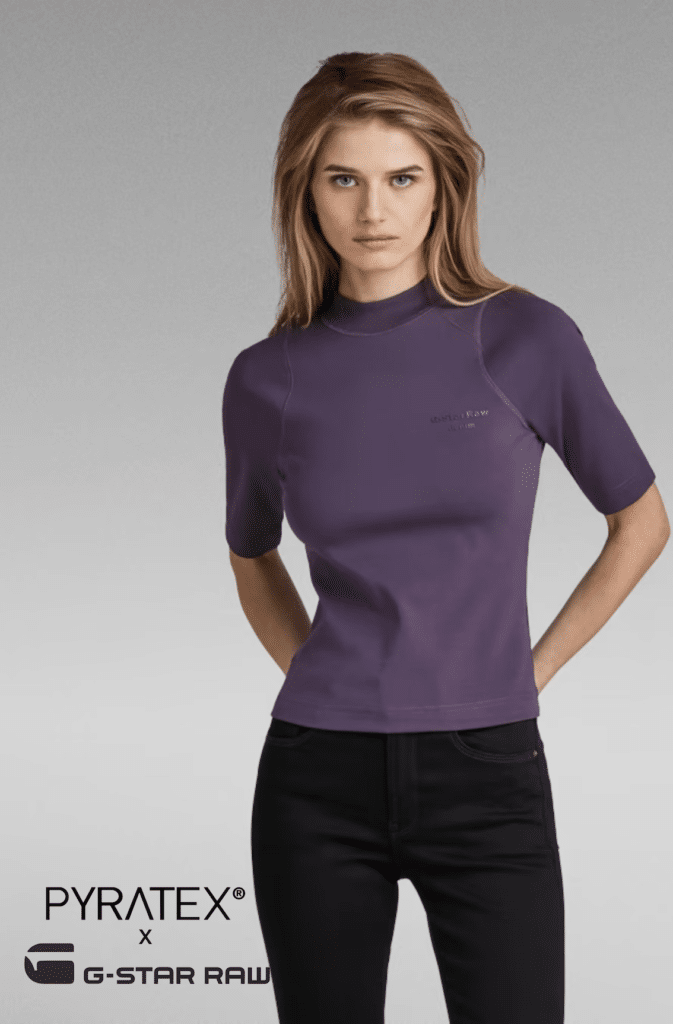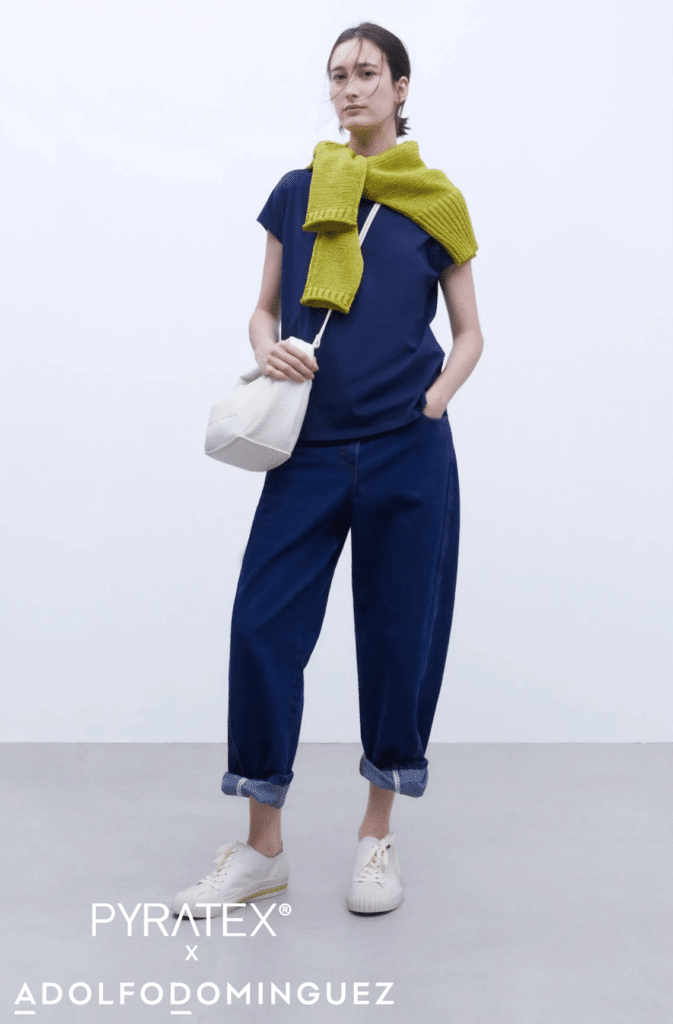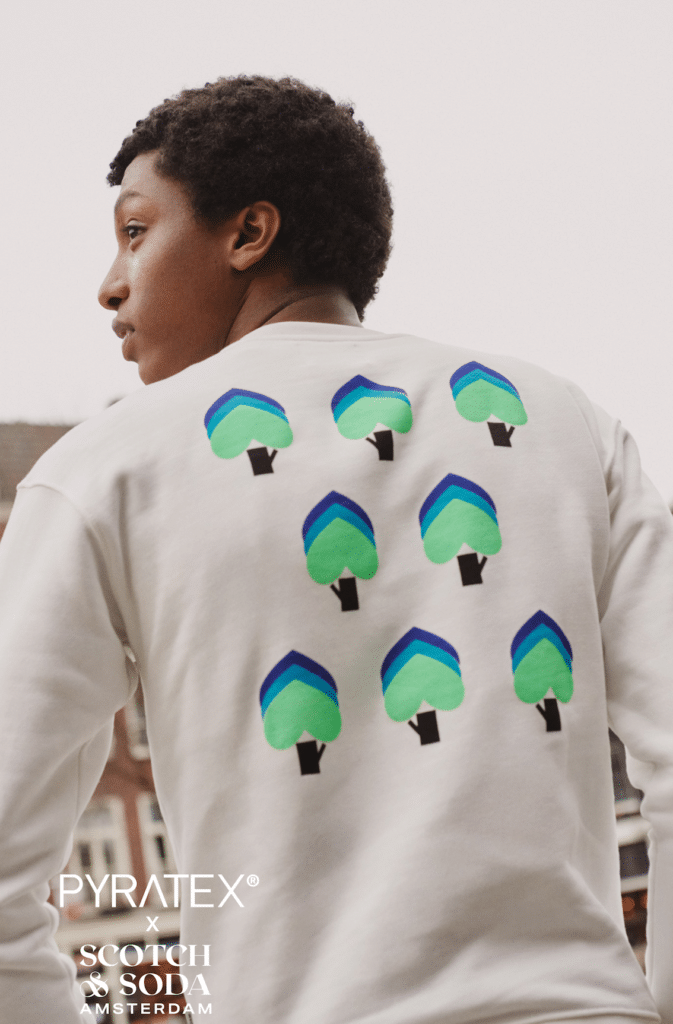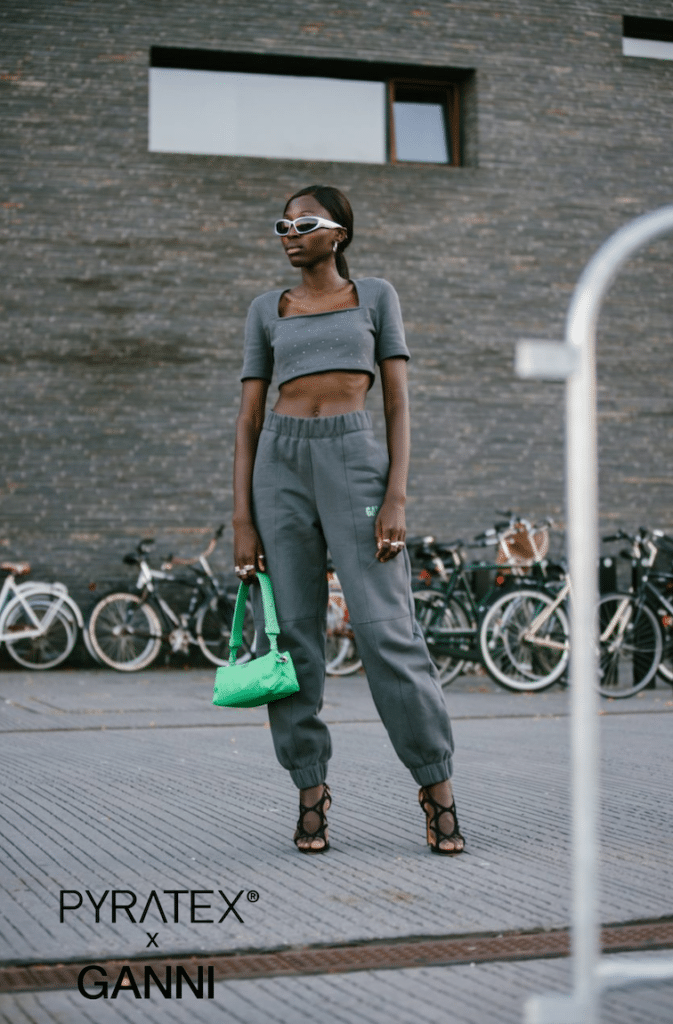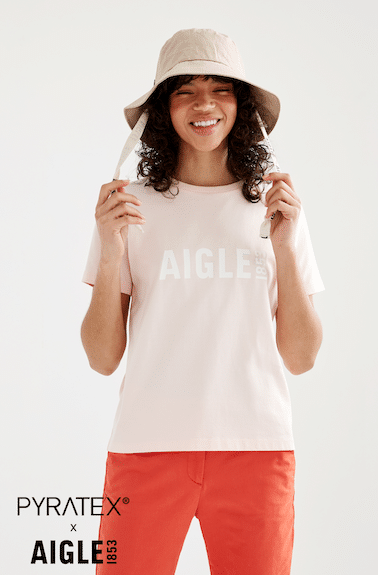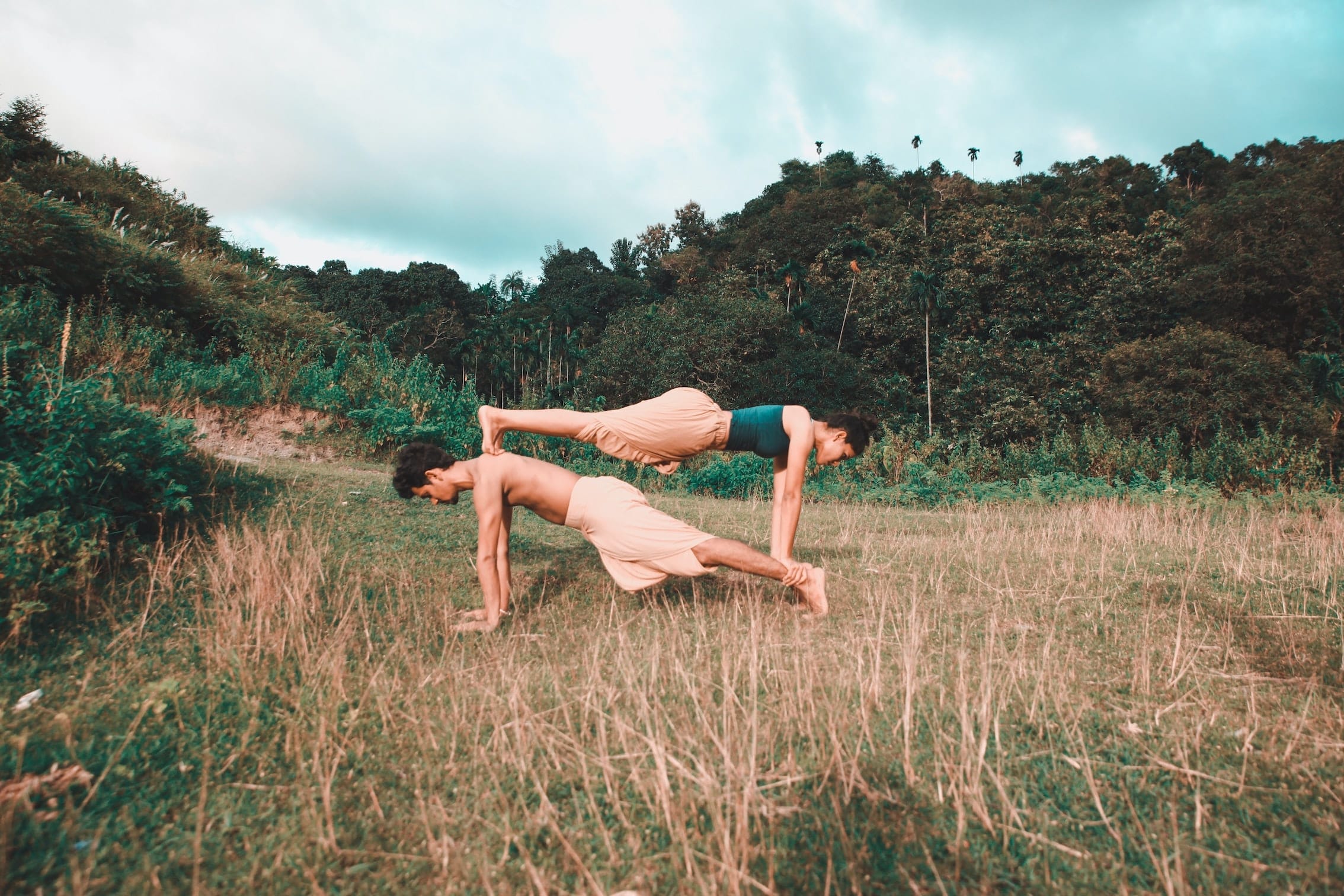If there was one name to remember among fashion’s change makers, it would be Regina Polanco, founder and CEO of PYRATEX ®. At 31, the young entrepreneur is revolutionizing fashion by making fabrics from seaweed, nettles and orange peel for the biggest brands. Her mission is clear: to do less damage and more good for the planet. Born in Vienna, she has also lived in Morocco, Mauritania and Switzerland, before returning to Spain, the country where she grew up, where she founded her company in 2014.
Do you have any special childhood memories that have to do with fashion?
My first experience with fashion happened when I was living in Nouakchott, Mauritania’s capital and I was 12 years old. I was 12 years old. Because of the very high temperatures of the city (often more than 40 degrees celsius during the day!) any cloth coming from Europe was too warm and uncomfortable to wear. That’s how I ended up developing my outfits for the next 4 years… I used to make my own dresses with local fabrics used to make the “melfas”, the traditional clothing daily worn by Mauritanian women.
What was the most significant thing about living in Mauritania?
Well definitely, having to adapt to the weather as well as to the culture and religion of the country, made me have to come up with ideas on how to fit it. One of my best memories growing up in Nouakchott, was to visit local markets, look formelfascolorful and beautiful natural printed “melfas” fabrics and take them to Abu, a local tailor with a tiny workshop that would make outfits for my mom and I inspiring ourselves from dress designs that were at that time a trend in Europe. It was probably then when I realized that garments and fabrics needed to adapt to each one of us needs…
How did you get the idea, eight years ago of betting on sustainable fashion and natural fibers and how was Pyratex born?
Well, Pyratex nowadays is a R&D company and supplier of knit fabrics made from new natural fibers. But in fact, my initial idea was to create a Fashion brand with super fabrics. In the same way super foods were popping up at the time, my idea was to create fabrics that have beneficial properties for your skin, after all, it’s the biggest organ of our body!
However, through years of R&D with different European textile institutes and after participating in several accelerating programs I realized that I wanted to focus solely on the development of innovative fabrics and allow for more brands to work with them.
And now we are the only fabric supplier who offers functional fabrics made from natural fibers. We know the plant’s properties are still in the final fabric because we test it with independent textile institutes.
Today, how many fabrics are there in Pyratex?
Currently Pyratex carries about 60 different knitted fabrics in its collection and we are constantly developing new fabrics to add to our range.
Of the beneficial fabrics for health, could you name a few and indicate their properties?
Our PYRATEX® seacell fabrics are based on seaweed that is natural, environmentally friendly, and beneficial for the skin. It is rich in vitamins, minerals, amino acids, and other essential substances that can relieve skin diseases, reduce inflammation, and soothe itchiness. It also has antioxidant properties that can eliminate free radicals and nourish the skin.
The PYRATEX® tropic fabrics comes from the kapok flower. The fiber is naturally produced by the trees and harvested from pods without damaging the trees or requiring additional resources. The fabrics are insulating, breathable, and quick-drying.
PYRATEX® power fabrics are high-performance, eco-friendly textiles made from sustainably sourced wood materials. The fabrics provide the functionality of synthetic textiles using a natural, renewable fiber from certified sustainable European forests.
The wood fiber is fully biodegradable, compostable and uses less water than viscose to produce. The fabrics are beneficial for the health because of the cooling effect, superior breathability, anti-irritation and bacterial and quick drying properties.
How many years of R&D on average does it take to patent a new fabric and bring it to the market?
The first 3-4 years of Pyratex were fully focused on R+D on developing the first 5 fabrics.
But it really depends on the project, it can take anything from 12 weeks if we are using a yarn that we’ve already developed and that is in our range or up to three years if we start working with the raw material in the earliest stage.
This month, Pyratex introduces a new fabric made with citrus. What is it about and in what garments or accessories can we find it?
The PYRATEX® citrea family is made with citrus agri-waste in collaboration with Orange Fiber. The orange trees are grown in Sicily, Italy and the peels come from the waste that is left over after extracting the juice. This family of high quality fabrics are knitted in italy. Pyratex citrea family consists of two fabrics, Pyratex citrea 1, an soft interlock of 100 per cent Orange Fiber and Pyratex citrea 2, a luxurious double face perfect for garments like dresses.
Where do you make your threads and fabrics?
We produce locally in order to lower our carbon footprint. So we always try to produce our yarns as close as possible to where we produce our fabrics. At the moment we produce in Spain, Italy, Portugal and recently we started to produce in Mexico as well to be closer to our customers based in the american market.
What products (fabrics) have the most exit in Pyratex and why?
Our Pyratex PYRATEX® seacell and PYRATEX® power have had great success! This is due to the beautiful story behind both of the families of fabrics of seaweed and wood, sourced in Europe. Both fibers come from regenerative farming practices and on top have beneficial properties for your skin, like anti-irritation and skincare properties. Our PYRATEX® power fabrics are very successful as well as substitutes to structures and qualities typically done in synthetic fibers for sportswear.
Who are your clients?
We identify 3 types of clients, the established fashion brand like Ganni and Scotch & Soda, the Start-ups and Young Designers who have integrated sustainability in their DNA – they represent the future! And then we also work with retailers like WOW Concept or hotels like Only You in Madrid, to create capsule collections for them. Basically our client is any company who is looking to make the switch from synthetic materials to more responsible ones!
What projects do you have for this year 2023? Any news you want to share in advance?
This year already started off fantastically with collaborations with G-star Raw, Camper, Aigle and Adolfo Dominguez to mention a few and we have a lot of other interesting collaborations and developments lined up for 2023!
What forecasts do you have about the fashion industry 10 years from now?
The Fashion Industry is constantly evolving, which is better, because there is still a lot to do and improve! The production of Polyester is still increasing year after year, despite everything we know now, causing the release of 200,000 to 500,000 tons of microplastics each year in our Oceans.
Currently a garbage truck full of clothes is ending up in landfills every second. As polyester is not biodegradable, it takes around 300 years to decompose. So we hope the industry changes and that consumers demand more responsible materials, better for the body and better for the planet!
At Pyratex we are always exploring new solutions, such as natural dyes or researching new natural alternatives to elastane (so necessary in sportswear!).
We also want to incorporate more regenerative fibers which farming practices are beneficial for the biodiversity and quality of the soil. This way we are shifting the focus of doing less “damage” to doing more “good” for the planet.
And finally, our great challenge is to inform and educate the final consumer. Because the clothes we wear have an impact, and together we can make a difference
Photos : Pyratex


